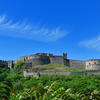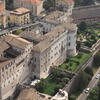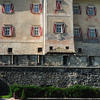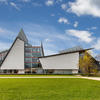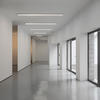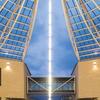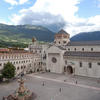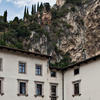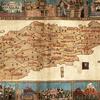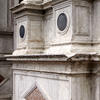Are you looking for original ideas for Easter and Easter Monday?
Trentino is waiting for you with its artistic and natural treasures: museums, castles, fortifications, archeological areas...everything is ready for the new season.
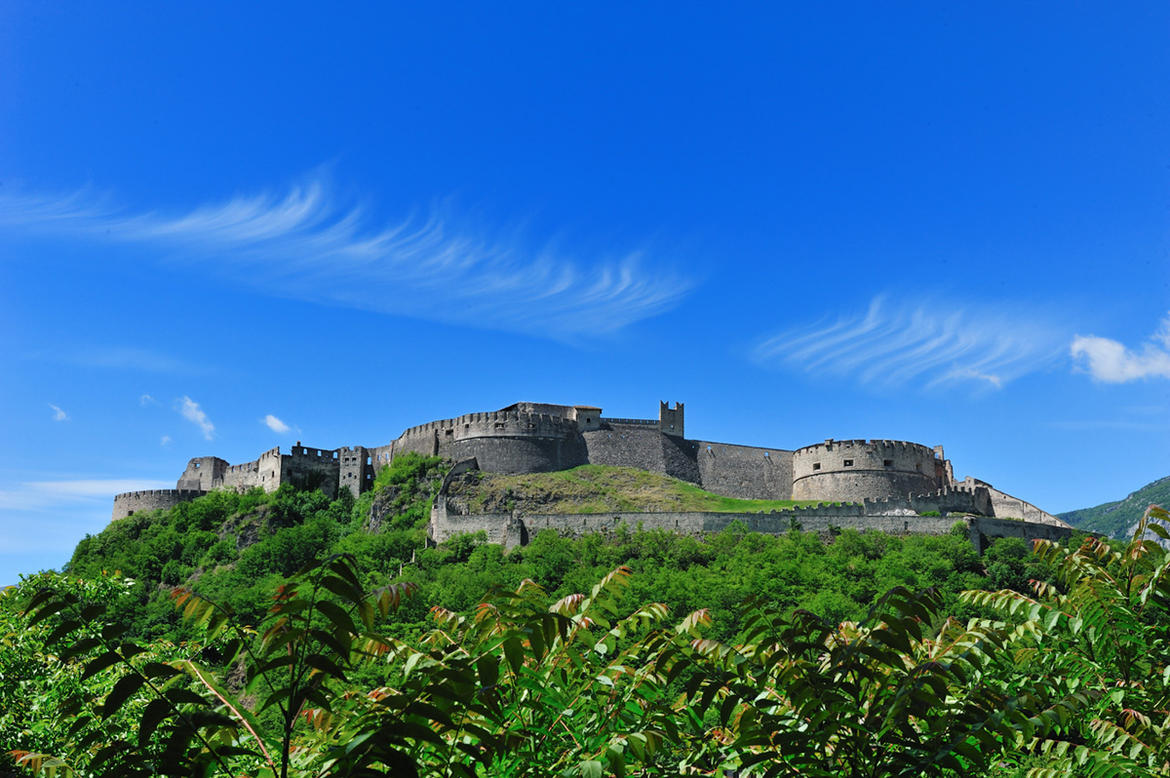
From Trento to Rovereto, and then Arco, Riva, Cles, passing through the small old town centres, there are really many cultural suggestions for all tastes and interests during the Easter holidays.
The weather forecast seems to vouch for the sun during Easter and Easter Monday, which invites us to start with a trip to Lake Garda: the Museo Alto Garda (Alto Garda Museum) is waiting for us with guided tours, workshops, special openings and activities on Monte Brione's fortifications. There have been three exhibition openings in Riva recently: "Il tempo e l'istante. Paesaggi fotografici del Garda 1870-2000" ("The time and the instant. Photography landscapes of Lake Garda 1870-2000"); "Natura Oltre. Visioni di Mario Raciti sul paesaggio dell'Alto Garda" ("Nature Beyond. Visions of Mario Raciti on the Alto Garda Landscape") and "L'ultimo giorno di pace. 27 luglio 1914" ("The last day of peace. 27 July 1914"). Meanwhile, the G. Segantini art gallery of Arco recommends "Segantini e Arco" ("Segantini and Arco"), a project consisting in a new exhibition itinerary and in a series of events (Easter and Easter Monday: 10am - 6pm).
Moving to Rovereto, there are at least four steps not to be missed: the Mart, with the exhibitions "#collezionemart" and "La guerra che verrà non è la prima" ("The war which is coming is not the first one"). Palazzo Alberti Poja displays "Confini e conflitti" ("Borders and Battles"), a geographical and historical tale told by about fifty war rugs created in Afghanistan. At Casa Depero, you can see "Crali. Testimonianze futuriste" ("Crali. Futurist testimonies"), while the Museo storico italiano della guerra (Italian war history Museum) offers "Morire per Trento. Soldati italiani e austro-ungarici sul fronte trentino della Prima Guerra Mondiale" ("Dying for Trento. Italian and Austro-Hungarian soldiers on the Trentino front during the First World War"), an exhibition which displays the main events that happened on the Trentino frontline between 1915 and 1918; through pieces of letters, diaries, images and objects, it tells how both the Austro-Hungarian and the Italian soldiers lived that tragic experience.
The theme of the centenary of the First World War takes us to the Gallerie di Piedicastello (Tunnels of Piedicastello) with "The First Global War 1914-2014", "La Grande Guerra sul grande schermo" ("The First World War on the big screen"), "I Trentini nella guerra europea (1914-1920)" ("Trentino and its people in the European war (1914 -1920)") and "Via Antonio Pilati, 6" - which is a journey through the former prison of Trento in fifty photos taken by Nicola Eccher.
If you are sightseeing Trento, you can’t miss the following cultural venues: Castello del Buonconsiglio (Buonconsiglio Castle), which offers "Doni preziosi. Immagini e oggetti dalle collezioni museali" ("Precious gifts. Images and objects from the museums' collections") in addition to its historical and artistic heritage; the Museo Diocesano Tridentino (Tridentine Diocesan Museum) - which is closed on Easter - with "Alla stessa mensa, tra rito e quotidianità. Percorsi di riflessione attraverso l'arte" ("At the same table, between ritual and everyday life. Reflecting through art") that will last till 6 April; the Spazio archeologico sottorreaneo del SASS (Underground archeological space) and the Galleria civica (Civic Gallery), with "Astrazione oggettiva. Oltre la teoria, il colore" ("Objective abstraction. Beyond theory, the colour"). From here, passing through the old town centre up to Piazza Fiera, once taken Via 3 Novembre, at the “Tre Portoni” turn right and in a few minutes you'll reach Renzo Piano's Muse, Trento’s new Science museum which offers "Oltre il limite" ("Beyond the limit"). The gaze will also be satisfied with the vision of Palazzo delle Albere.
Obviously, Trentino also means castles, fortifications, archeological areas and here abundance and quality of the offer of this area are really asking for an accurate choice between different places and their peculiarities: the Castles of Thun, Beseno, Stenico, Avio, Arco, Drena, the forts of Cadine, Brione, Forte Strino and many more that represent one of the most important defense systems carried by the Austro-Hungarian Empire.
P.S. Please see the opening time of each venue.
01/04/2015
